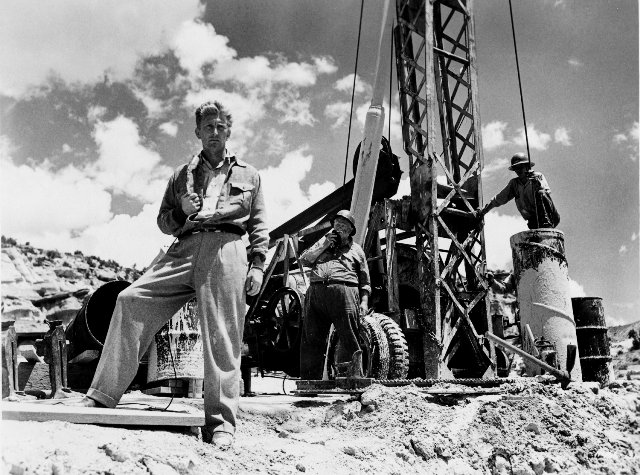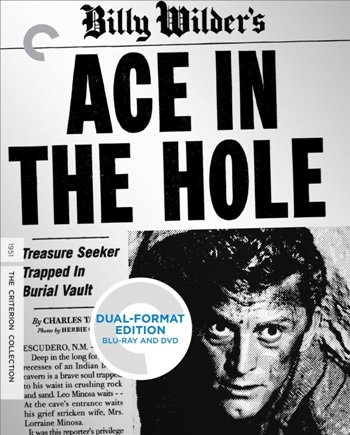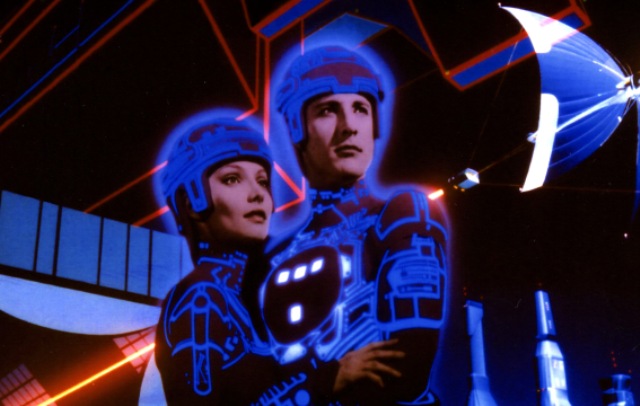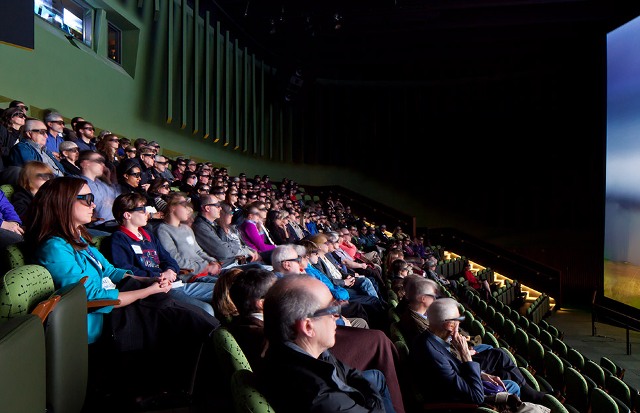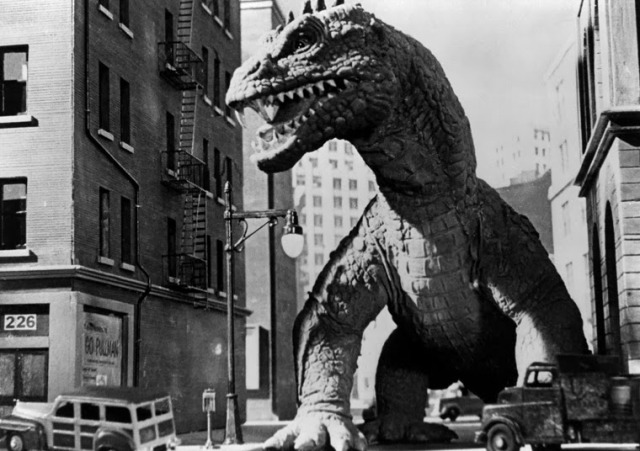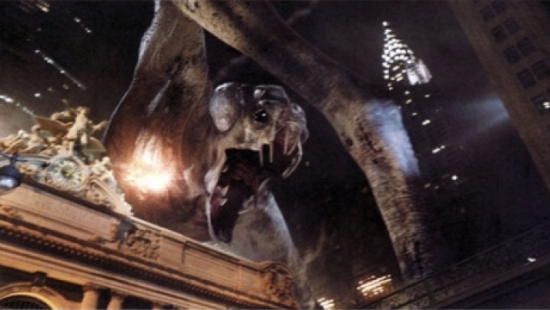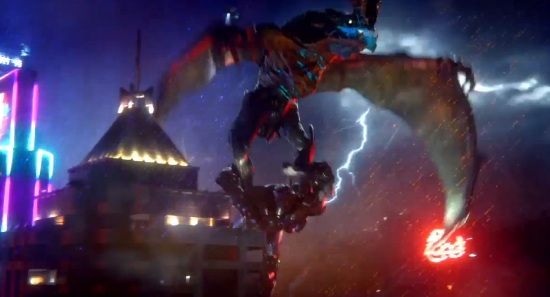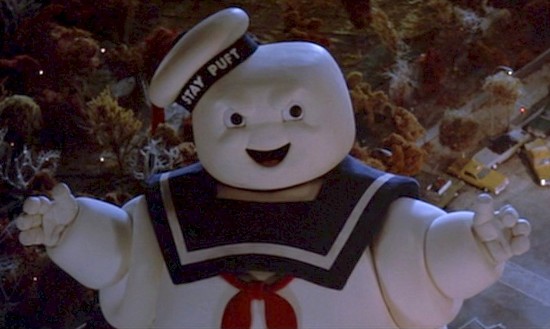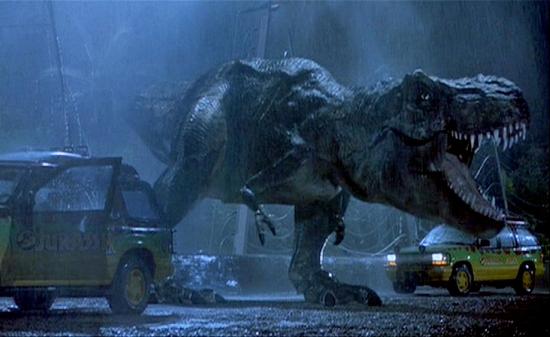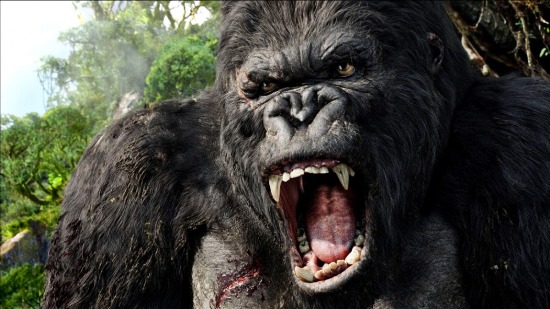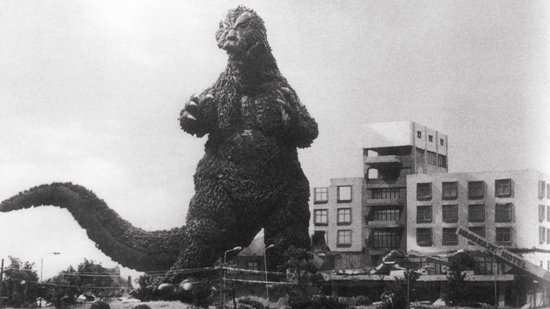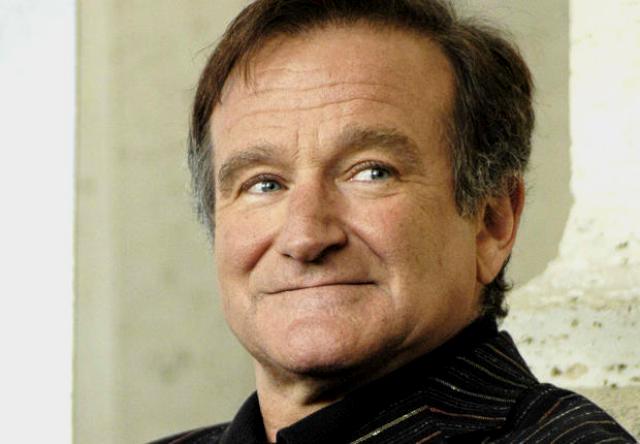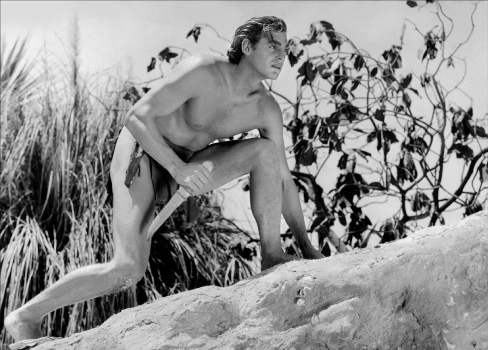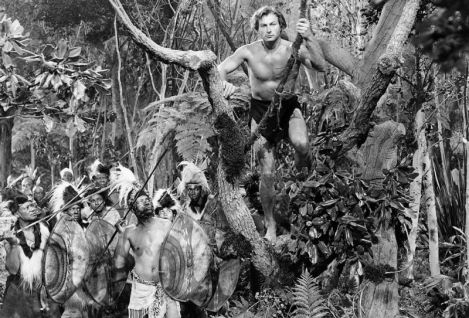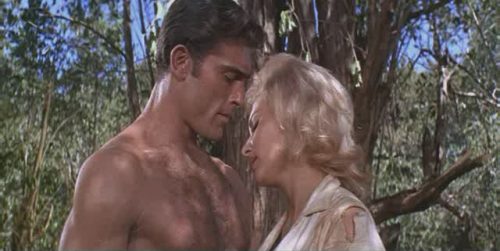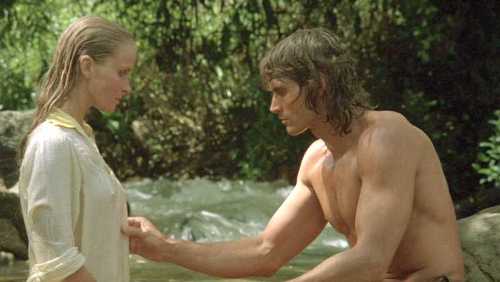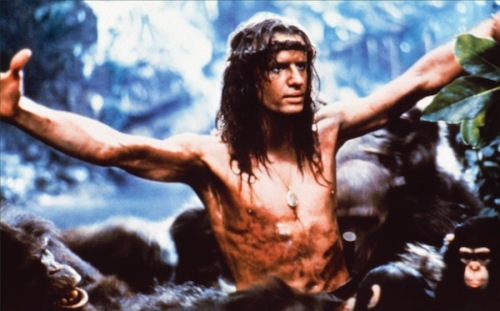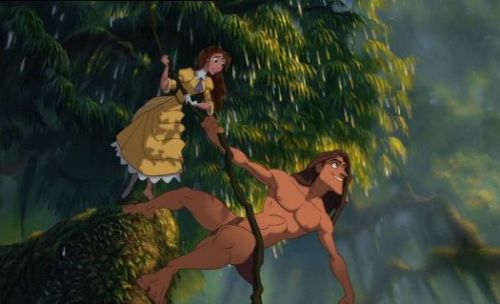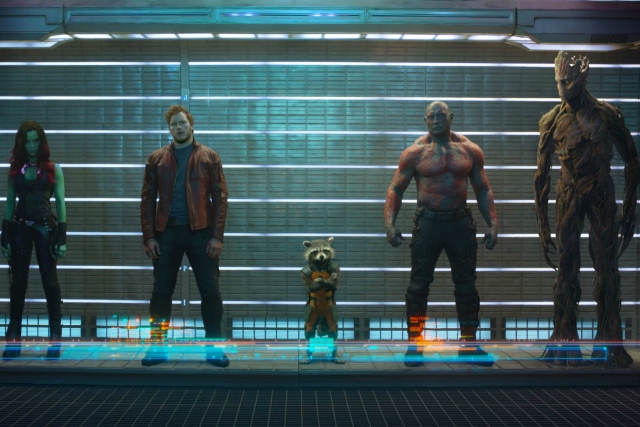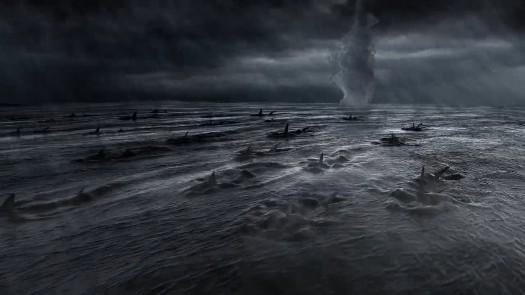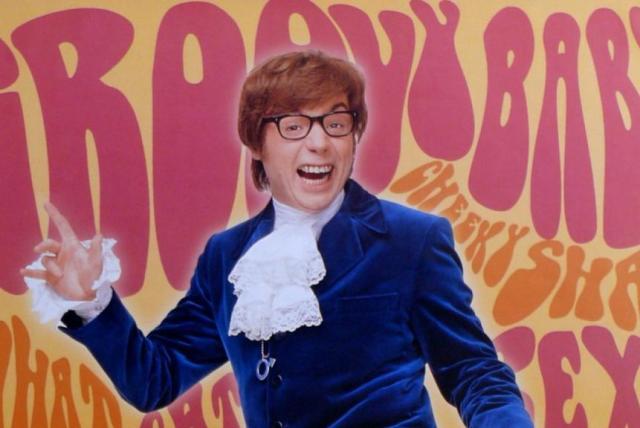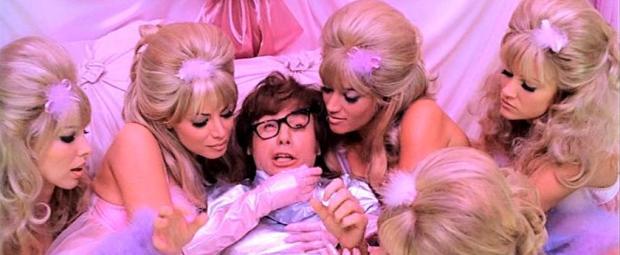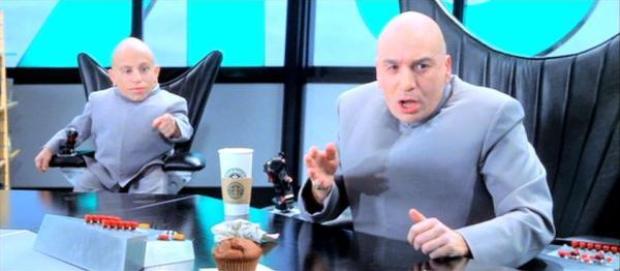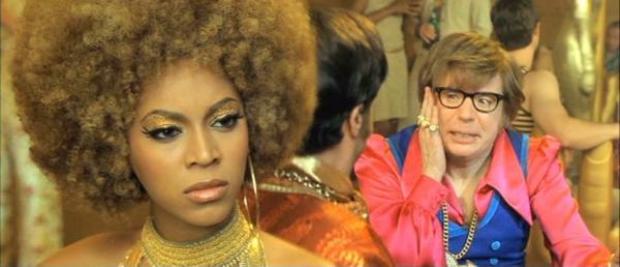The Criterion Collection has given us solid editions of movies that are either universally renowned or completely obscure, and has used it’s label as a mark of quality for the films in it’s library. But, while many of the films that make it into the Collection have garnered attention because of their lack of exposure, either being from a foreign market or were little seen outside of some artistic circles, there are some instances where Criterion shifts it’s focus back to Hollywood and brings our attention to a movie that demands our attention. Sometimes it’s an important but overlooked benchmark film in a genre that deserves the Criterion label, like Howard Hawks’ Red River (1948, Spine #709) or a curious Hollywood oddity like the Charles Laughton directed The Night of the Hunter (1955, #541). But other times it’s films that were overlooked in their day that have stood up remarkably well over time and became more relevant that get the Criterion treatment. That has been the case with a lot of surprisingly prescient films like Fritz Lang’s M (1931, #30), which looked at the dangers of vigilante justice in a pre-Nazi Germany, or Michael Powell’s Peeping Tom (1960, #58), which explored the nature of voyeurism and how human privacy was more fleeting than we would’ve like to have believed. And then there are some films that would have certainly been deemed a classic in their day if they had not been overshadowed by other films at the time. This was certainly the case with a movie called Ace in the Hole (1951, #396), directed by the legendary Billy Wilder. Ace in the Hole is a movie that has thankfully been given new life as part of the Criterion Collection, and having rediscovered it as a part of the catalog, it’s a mystery as to why this movie has gone unnoticed for all these years.
Part of the reason why Ace in the Hole has largely been overlooked is because it was sandwiched in-between two of Wilder’s more successful and renowned films; 1950’s Sunset Boulevard and 1953’s Stalag 17. These movies are now considered among the director’s all time greats, while Ace is seen more or less as a quieter exercise between the two. That, however, is how the original audience reaction painted the reputation of this movie, and it should not reflect on the quality of the film itself. In fact, I believe that Ace is just as good as these more famous titles; if not better. It’s just as unforgiving in it’s satire and themes as Sunset Boulevard, and it probably works better as a film today than it did in it’s first run. Billy Wilder was no prophet, but he certainly could pick out a troubling trend in American culture and exploit the hell out of it. In this case, the subject of ridicule was tabloid journalism, and the way it can be carried out of control. Now, back in the early 50’s, sensationalizing the news was not something that anyone saw as scandalous, and Wilder’s take on the issue definitely exaggerates things to the very extreme. But the sad fact is that over the years, tabloid journalism has become so extreme and out of control, that it has actually caught up to Wilder’s absurd predictions, making his Ace in the Hole all the more prophetic. This is probably why Criterion chose to spotlight this particular film, and I’m glad that they did. It gives us all a chance to take another look at this strangely prescient film and help it to become one of the great Hollywood classics as we now reexamine it through the knowledge that we have today.
The movie follows the story of Chuck Tatum (Kirk Douglas), a big-city journalist who has fallen on hard times. He reluctantly takes a job as reporter in a small New Mexico town. He finds the new surroundings pretty dull compared to his old life, but that changes when he gets word of a cave-in at a local mine. Not one to lose an opportunity Tatum quickly investigates and he soon learns that a miner has been trapped within the cave-in, unable to free himself out of the rubble. Tatum quickly relays the story not just to his own newspaper, but to all media sources across the country. Soon, national attention is brought to this small town story, with Tatum leading the charge. Tatum soon learns that the rescue mission can be accomplished in less than a day, but through a little bit of coercion and some bribing of the local officials in charge, he manages to slow and extend the rescue mission over the following week. He even uses his wit and charm to convince the miner’s estranged wife Lorraine (Jan Sterling) that this is the right thing to do. As the story gets bigger with every passing day, so does the crowd reaction outside of the mine. The whole scene soon becomes a circus, both figuratively and literally, complete with a ferris-wheel at the mine’s entrance. But, reality starts to set it when the trapped miner’s condition starts to deteriorate, and it dawns on Tatum that he made the problem worse by trying to satisfy his own ends. Once the miner dies in the cave, Tatum is faced with the fact that he now has blood on his hands and must now deal with the chaos that he created.
The remarkable thing about a movie like Ace in the Hole is that it is both absurd and yet wholly realistic at the same time. Billy Wilder was always a master at highlighting the follies of mankind, whether it was for a laugh or for a moment of sharp insight. He managed to make that work in dark films like Sunset Boulevard and also in lighter ones like The Apartment (1960), and always with unparalleled wit. Ace in the Hole came out right after Sunset Boulevard and it’s very much in the same vein. Both films deal with unchecked human vanity, and how it consumes the lives of not just their selected main characters, but also the lives of everyone around them. Chuck Tatum is a perfect example of this kind of archetype; a man so consumed by his own ambition, that he loses all sense of the consequences of his actions. Not only that, but he does so with a righteous fervor, believing that what he’s doing is the right thing. The scariest aspect of the movie is just how quickly people succumb to the same kind of media frenzy that surrounds Tatum’s crusade; with absolutely no one raising an alarm as to the unethical practices going on behind the scenes. One doesn’t have to look far to see the same echoes of this today in our own media culture whenever there is a celebrity on trial or a political scandal being exposed. Eventually, the stories becomes less about informing people, and more about covering every minuet detail, trying to drag a story out long after it’s relevance is spent in order to hold onto the audience longer. Wilder saw this as a potential issue back in the 50’s and it’s a sad reflection on our culture today that his absurd analysis has actually proven out over time.
But, apart from what it has to say, this isn’t the only thing that has made Ace in the Hole a honored addition to the Criterion Collection. It’s an excellently made film as well; just like most other Billy Wilder films. The writing in particular is very strong, which comes courtesy of Wilder himself, and his co-authors Lesser Samuels and Walter Newman. Every character is given sharp-witted dialogue, but none of it feels inauthentic or too cinematic. Kirk Douglas in particular does exceptionally great work here, but then again when has he ever disappointed. He makes Chuck Tatum a very fascinating scoundrel and a character that’s both hard to like and dislike. Though inspired by many of the overzealous journalists of the early 50’s, you can definitely see the pomposity and full-of-themselves vanity of Chuck Tatum in modern day “journalists” like Keith Olbermann and Bill O’Reilly, which just shows how well Douglas’ work here has held up. The remaining cast works well too, like Jan Sterling’s conflicted Lorraine, and Robert Arthur as Tatum’s idealistic assistant Herbie, who captures the effect of Tatum’s manipulations on the impressionistic young journalist frighteningly well. Wilder’s direction is also top-notch here. He manages to get the message of the story across without ever banging it into the audiences head. Small visual cues, like the “Tell the Truth” sign in newspaper’s office, helps to slowly build the story’s morals over time, allowing them to sink in before the climatic blow reaches us. Overall, it’s easy to see why this movie has made it into the Collection.
Like most other Criterion titles, Ace in the Hole has received a world-class restoration, helping to bring out the best quality in the movie’s picture and sound. Though the film’s original elements were easy to find in the Paramount Pictures’ archives, there still had to be a lot of work done on restoring it to it’s full original glory. Given that the movie wasn’t as universally renowned as it’s predecessor Sunset Boulevard, Ace unfortunately deteriorated over time and Criterion’s restoration team did a great amount of work to get the picture up to today’s standards. Seeing the film now on blu-ray, it’s clear that their hard work payed off, because it looks just as good as any other classic film from it’s era. While there are still imperfections in the picture, they are more likely the result of the original limitations of the film stock, and not at all a reflection of the quality of Criterion’s restoration. It should be clear that Billy Wilder was never a stickler for visual purity; he was just a good enough visual director who focused his films more on the dialogue and the performances, so the fact that Ace in the Hole looks as good as it does here should tell you how well Criterion’s team did. The black and white contrast is well balanced and the detail really shines through on the textures. Just take a look at the scenes in the desert around the mine to really appreciate the high-definition picture on this blu-ray. The restoration to the mono soundtrack also feels genuine and helps to support the film as well. The carnival atmosphere during the latter part of the film in particular pops out in the soundtrack as you watch the movie. Overall, another quality effort from the Criterion team on a film well deserving of a polished restoration.
The bonus features also help to highlight the significant reputation that this movie has built over time. First off is an audio commentary track from film scholar Neil Sinyard, who helps to break down the film’s social themes as well as it’s place in media history and within Billy Wilder’s own filmography. It’s a bit of a dry lecture for cinephiles, and may not be for those who want to hear a more detailed analysis of the making of the movie, but Sinyard’s comments are still informative and worth giving a listen. The biggest feature on the set though is a full length documentary called Portrait of a “60% Perfect Man“: Billy Wilder (1980). In it, director Wilder is interviewed about his career and his methods of film-making, complete with relevant clips from some of his most notable films, including Ace. The documentary shows just how funny the man was in person as well as his passion for film-making and it works as a fantastic overview of the works of one of Hollywood’s most legendary and original voices. An excerpt from Billy Wilder’s 1986 appearance at the American Film Institute is also included, which while not really relevant to the film itself, is nevertheless an appreciated addition. Rounding out the extras are some very welcome archival interview clips from star Kirk Douglas and co-writer Walter Newman, both discussing their work on the film, as well as an appreciation clip from director Spike Lee, who has long been a fan and champion of this film. Also included is a behind-the-scenes photo gallery and an original trailer, and it all makes this a very complete and worthwhile collection of extras to help compliment the presentation of this feature.
Ace in the Hole was a hard-sell in it’s time, and it’s probably the reason why it has been lost for so many years. In fact, for the longest time, the movie went by a different title, called The Big Carnival, which was a choice made by Paramount Pictures and not by Wilder. Billy Wilder thought that the new title was too on-the-nose for the film he made and took all the subtlety out of what he was trying to convey; but it was something that he didn’t fight the studio over, so the title stuck. Thankfully, when Criterion first released the title on DVD, they thankfully restored the original title just as Wilder had wished. Hopefully Criterion’s edition of the movie brings new attention to it. It really is amazing to watch this movie and see how many things that it predicted correctly about media culture and human greed. It makes a great companion film with Sidney Lumet’s Network (1976), another movie that was well ahead of it’s time dealing with the same subjects. Any student of journalism today should be required to watch both movies as a lesson in the ethical boundaries that they will inevitably face in their profession. But, apart from that, Ace in the Hole should be seen by all as just a great example of film-making. It certainly stands as one of Billy Wilder’s best and most hard-hitting films and hopefully it will now earn it’s place as one of the director’s all-time greatest. I certainly would equate it with some of his better works and I am grateful that Criterion took the time to highlight this film too. It’s a movie well worth rediscovering and it’ll be curious to see how well it’s hard-hitting themes will hold up over time as the media circus that it predicted sadly becomes all the more common.
